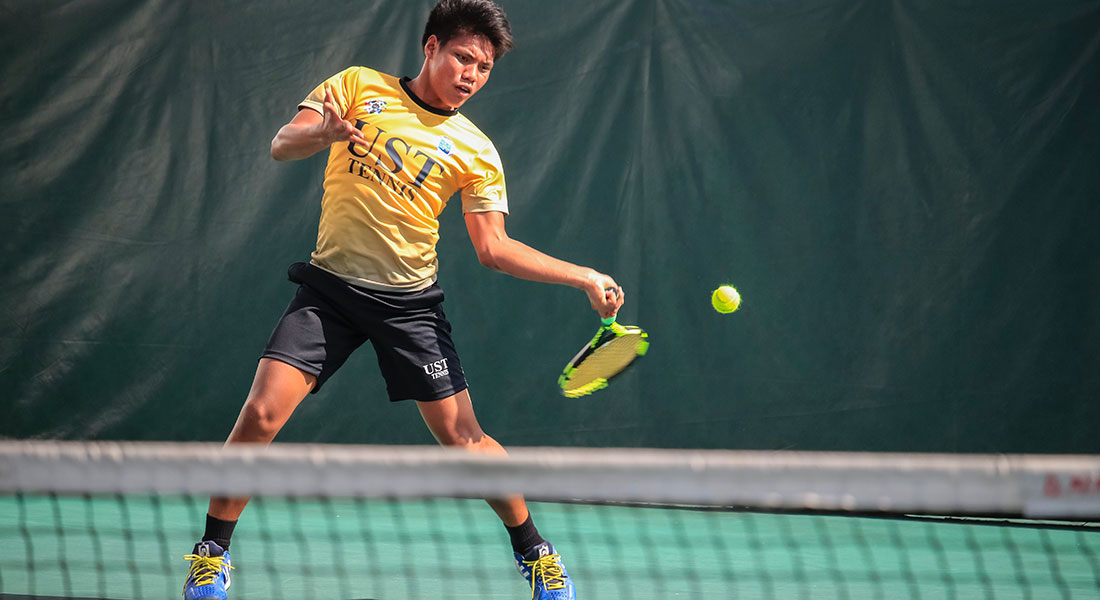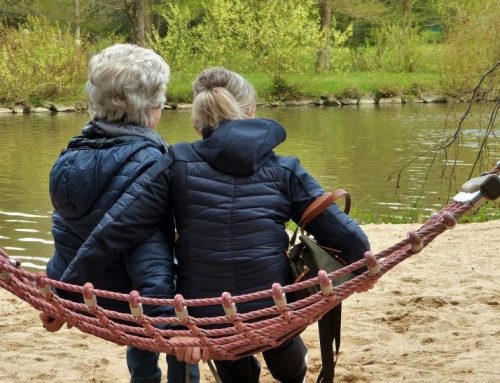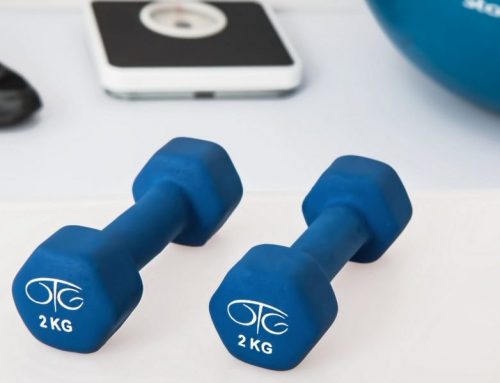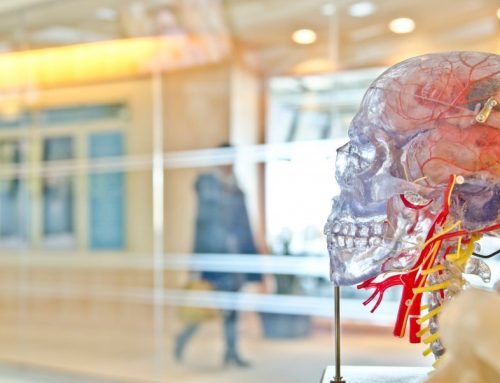What is the thoracic spine? The thoracic spine refers to the upper- and middle-back. It joins the cervical spine (neck) and extends down about five inches past the bottom of the shoulder blades, where it connects with the lumbar spine (lower back).
The thoracic spine is made up of twelve vertebrae, labeled T1-T12. While the cervical spine is built for flexibility (e.g. turning the head) and the lumbar spine is built for power and flexibility (e.g. lifting heavy objects, touching the toes), the thoracic spine is built for stability. This stability plays an important role in holding the body upright and providing protection for the vital organs in the chest.
One of the responsibilities for the thoracic spine is extension. During extension, it is essential to also think of the scapular (shoulder blade) positioning during the serve and in the groundstrokes. To perform these repetitive motions without injury requires the scapula to have scapular-humeral rhythm or functional scapular positioning. Scapular-humeral rhythm is necessary rotation to clear the acromion from the rotator cuff to reducing impingement and coracoacromial (a protective arch formed by the smooth lower aspect of the acromion and the coracoid process of the scapula) arch compression.
If this space is narrowed then impingement develops which then contributes to faulty scapular positioning and pain. The scapula must pull back and tilt posteriorly, which with increased mobility from the thoracic spine, can aid in functional scapula positioning. The serve requires the athlete to reach as high as they can in extension and in some cases some athletes need to work on a longer follow through after their groundstrokes. Increased mobility in the thoracic spine will maintain the proper shoulder alignment without causing any injuries or impingement. This can also work with a lot of other sports such as volleyball, badminton, water polo & cricket (bowlers)
Therefore the importance of having sufficient mobility in your thoracic spine is very important especially the relationship it has to the shoulder and issues that can come out of having poor thoracic mobility.
By Andre Andrade – Elite Myotherapist







